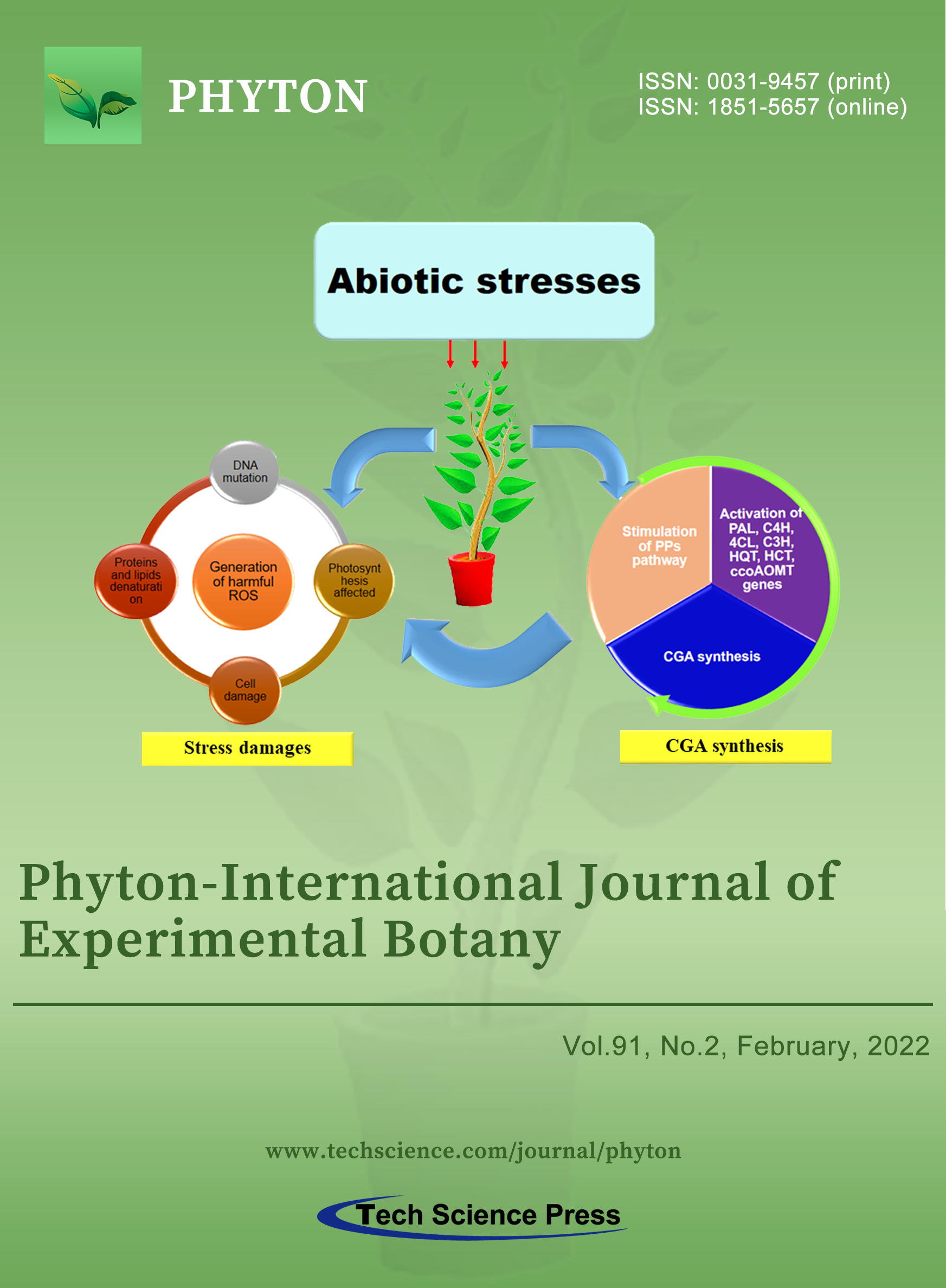
Abiotic stresses trigger the generation of plant reactive oxygen species (ROS) which can lead to cell death. As an adaptive response, plants biosynthesize chlorogenic acid (CGA) which has powerful antioxidant properties and can improve the ability to scavenge ROS. In this review, the roles of CGA in plants exposed to abiotic factors and the evolutionary analysis of CGA pathway-related genes are summarized. Bioinformatics analyzes were carried out on CGA-related genes across 37 plant species and revealed that the metabolic pathway starts in algae and gradually increases until it becomes complete in angiosperms. The key genes exhibited different expression patterns in various plant tissues and when plants were exposed to several stresses. Interestingly, some genes accumulated rapidly during evolution and were more sensitive to environmental stresses, while others appeared only later in angiosperms.
View this paper